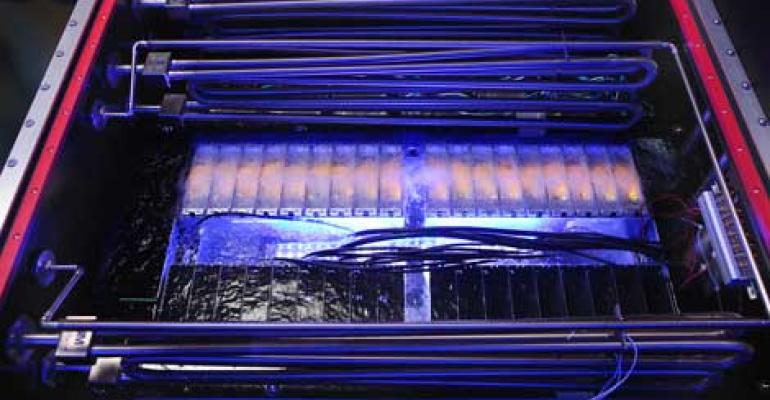For a long time, the data center platform stayed more or less the same. But over the years, a lot has changed.
The current industry revolves around constant connections, growing user bases and far more data. Recently, there has been increased demand for hyper-scale and High Performance Computing “HPC” running on high-density hardware platforms. This demand has driven the need for more powerful and effective cooling systems.
Additionally, the cost of power - as well as increased sustainability awareness - has placed more focus on cooling system energy efficiency. This has motivated IT equipment and cooling systems manufacturers and data center designers to research and develop alternatives to existing cooling systems.
In fact, in some cases the form-factor of IT equipment has been transformed to become cooling system centric.
In this whitepaper from Intel, HP and Data Center Knowledge contributor Julius Neudorfer, we examine the various developments, emerging trends, such as liquid cooling, and functional deployments of other new cooling technologies, as well as their strategic advantages.
There are numerous aspects to consider when looking at data center cooling parameters:
- Basic Summary of Todays’ Air Cooled Systems
- IT Air Cooled Equipment
- Power Usage Effectiveness PUE – Hidden Fan Energy
- Developments in Facility Cooling Systems
- Why Liquid Cooling – Why Now?
- Close-Coupled Cooling
- Higher Density and Heat Transfer Capacity
- Immersion Cooling – Mineral Oil
- And much more!
The efficiencies of the modern data center are rapidly changing. A big part of that revolves around the ability to cool and keep the data center operating at optimal levels. The rate of innovation and change in cooling technology is accelerating to meet the rising demands of heat loads of HPC and hyper-scale computing demands. While mostly driven by the need to effectively remove the tremendous amount of heat that these applications generate, which in most cases still becomes waste energy. Needless to say, energy usage and efficiency is a significant consideration for any computing cooling system, and even more so for large scale projects.
Download this white paper today to understand that when considering any type of alternate technology (IT hardware and the facility cooling system) that deviates from an industry standard, long term issues must be considered. Potential risks and costs or early obsolescence due to lack of technology acceptance and product market adaption are important factors to consider for your organization.




